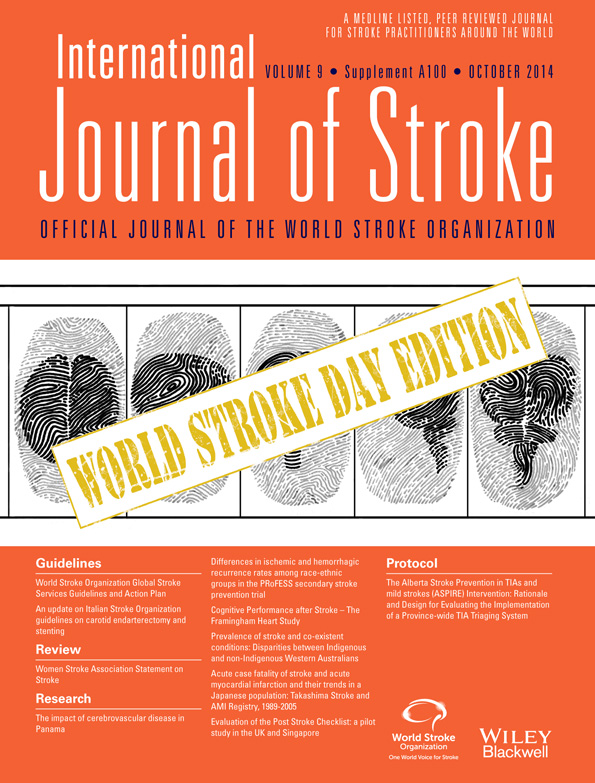Race-ethnicity and cerebral small vessel disease – Comparison between Chinese and White populations
Abstract
Background and Aim
Studies in stroke patients suggest that lacunar stroke and intracerebral hemorrhage might be more common in Chinese than Whites. We hypothesized that other manifestations of subclinical cerebral small vessel disease, namely white matter hyperintensities (WMH), lacunes, and microbleeds, are also more common in Chinese than Whites. We compared the community prevalence of these lesions between Han Chinese and White Australians.
Methods
Magnetic resonance imaging (1·5-Tesla) was performed on participants of the Shanghai Aging Study (n = 321, mean age 69 ± 6 years) and Tasmanian Study of Cognition and Gait (n = 397, mean age 72 ± 7 years). A single-rater recorded measures of WMH, lacunes, and microbleeds. We compared lesion prevalence between age- and gender-matched subgroups from the two cohorts. Among all subjects (n = 718), we performed multivariable logistic regression to examine if race-ethnicity was independently associated with these lesions.
Results
Among age- and gender-matched subjects, confluent WMH were significantly more prevalent in Chinese (38·5%) than Whites (28·4%; P = 0·01). There was no difference in the prevalence of lacunes (Chinese 29·1% vs. Whites 29·5%, P = 0·93) and microbleeds (Chinese 10·1% vs. 9·0%, P = 0·67) between Chinese and Whites. In multivariable logistic regression, Chinese ethnicity was associated with confluent WMH (odds ratio 1·7, 95% confidence interval 1·1–2·6, P = 0·01), but no differences were seen for lacunes and microbleeds. The association between Chinese ethnicity with confluent WMH became insignificant when subjects with history of stroke were excluded.
Conclusions
In this population-based cross-national comparison, Han Chinese had a higher prevalence of confluent WMH than White Australians, but had a similar prevalence of lacunes and microbleeds.




